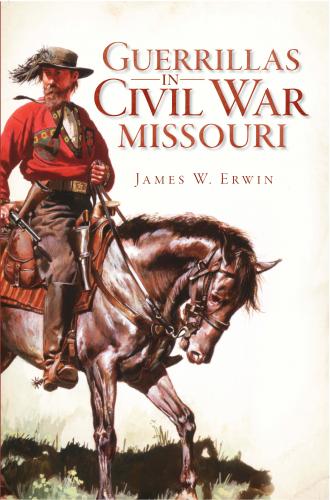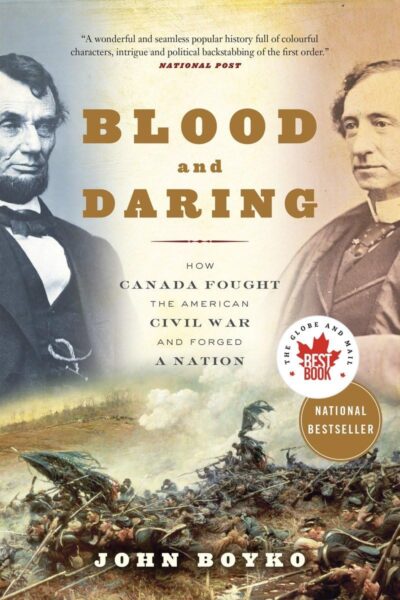The two-day battle fought in the Wilderness of Spotsylvania on May 5 and 6, 1864, opened the Overland Campaign and the famous confrontation between Ulysses S. Grant and Robert E. Lee. The Wilderness was a foreboding landscape of woods and dense underbrush; it was a hellish place to wage a battle. By the time the fighting ended late on the second day, the total casualties amounted to nearly 29,000.
The campaign began when the Army of the Potomac crossed the Rapidan River on May 4. The plan had been to clear the Wilderness on to open ground, where the Federals could offer battle to their Confederate foes. The march halted, however, in the Wilderness. Lee, meanwhile, acted aggressively, advancing his army toward the enemy. Skirmishers from the opposing forces initiated the struggle on the morning of May 5.
For the next two days, the fighting raged in the woods and fields along Orange Turnpike and Orange Plank Road. It was a blinding struggle as enemy units clashed amid the trees and thickets. One soldier likened it to combat among invisibles. The gunfire ignited the undergrowth, with the flames trapping wounded men in horrible deaths. By the battle’s end, neither side had gained a decisive advantage. On May 7, the armies started to march away, heading south.
The Battle of the Wilderness has received considerable attention from historians, including biographies of its leading figures; individual books on the engagement from such authors as Edward Steere [1960] and Gordon Rhea [1994]; and a collection of essays edited by Gary W. Gallagher [1997]. Rhea’s detailed work remains the standard account of the two-day struggle.
This new book on the Wilderness by John Reeves offers neither novel interpretations nor a richly detailed version of events. It was not the author’s intention “to write a purely military history of the battle.” Instead, he chose to “consider politics and medicine and how we commemorate fallen soldiers. Most of all, my aim was to closely examine the sacrifices and suffering of Civil War soldiers” (24). With these stated purposes, the author has fashioned a well-written and moving narrative.
To personalize the reality of combat for common soldiers, the author has selected the story of Private William Reeves of the 76th New York. Reeves enlisted as a substitute in August 1863 and, in his first serious fighting, suffered a wound on the afternoon of May 5. The Minie ball struck his face, exiting by the right cheek. Taken to a field hospital, the young New Yorker was treated before eventually being hauled to a hospital in Washington, D.C., where he died from the loss of blood and exhaustion on May 12. His remains were the fourth body to be interred at Arlington.
The author utilized Reeves’s medical records to describe his experience as a wounded soldier. Unfortunately, the author attributes thoughts and feelings to the 19-year-old New Yorker without any written record to support them. He likely took the words in letters and diaries of other soldiers and applied them to Reeves. There would have been a commonality to what Reeves and fellow wounded men endured and reacted to, but the author’s description lacks documentation.
The narrative also suffers from questionable statements or interpretations. The author seems to attribute Lee’s defeat at Gettysburg primarily to the absence of Stonewall Jackson; claims that the Battle of Antietam was one of Lee’s “failures”; states that a veteran soldier could load and fire four rounds from the standard Civil War muzzle loading rifle in a minute; and uses a quote from Francis Barlow to describe the May 12 assault on the salient at Spotsylvania when the general’s words refer to the night march prior to the attack. These may be minor concerns, but they are telling.
The research relies heavily on published works. The author cites roughly a dozen manuscript sources, three government records in the National Archives, and twelve periodicals or newspapers. Each endnote consists only of one source for the information in the text.
Finally, the narrative focuses more on the Union side than the Confederate. Generals Gouverneur K. Warren and James Wadsworth receive detailed treatment compared to other corps and division commanders. The author does carry the story on to Spotsylvania and pens an excellent description of the formation of the new National Military Cemetery at Arlington.
Indeed, the author is a fine writer, and his narrative captures well the horrors of the combat in the Wilderness. He offers sound judgments on the successes or failures of Grant, Lee, and their senior subordinates. Despite some concerns, the book is worth a reading.
Jeffry D. Wert is the author of many books on the Civil War.
Related topics: Robert E. Lee, Ulysses S. Grant





